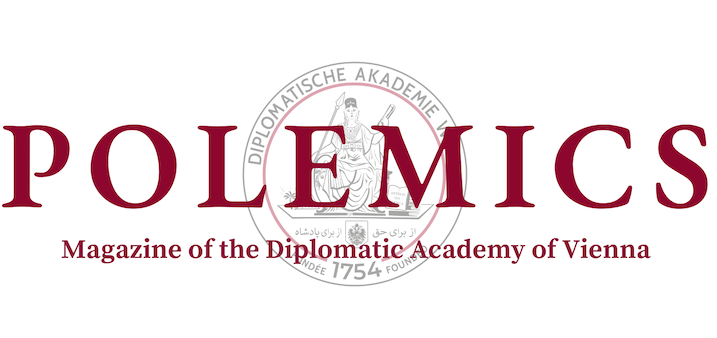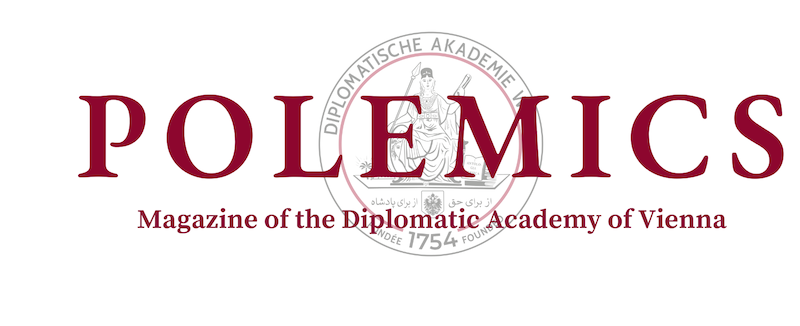Europe’s energy system is under pressure. The Ukraine crisis has exposed Europe’s reliance on Russian energy. Leaders are pushing for renewables, improved infrastructure, and cutting ties with fossil fuels. But can Europe really make the shift in time? The stakes are high. Energy security, affordability, and climate goals all hang in the balance. Can Europe find its way, or will these efforts fall short?
For years, Europe depended on Russian energy because it was more affordable and seen as reliable. That illusion broke with the Ukraine war. Russia once supplied over 40% of Europe’s natural gas but with pipelines now dry countries are scrambling for alternatives. Dr. Claudia Kemfert, head of the Department of Energy, Transportation, and Environment at the German Institute for Economic Research (DIW Berlin), calls this reliance in the case of Germany an “addiction.” She believes Europe must break free by replacing old systems built around Russian energy. Olga Khakova, Deputy Director for European Energy Security at the Atlantic Council’s Global Energy Center, shares this view. She says the war has pushed Europe to rethink energy security. But changing decades of dependency isn’t easy. It’s not just about finding new suppliers; it’s about reworking the entire system.
Europe’s Energy Divide
Germany, Poland, and Hungary highlight Europe’s energy divide. Germany’s Energiewende aims for renewables, but its grid wasn’t built for this. It was designed for big power plants, not the decentralised systems that wind and solar need. To make things harder, most industry is in the south, while the best wind power is in the north. Policies that favor wind-heavy northern Germany are creating an imbalance.
Germany is bridging the gap with liquified natural gas (LNG) imports and Norwegian gas but these are temporary fixes. Dr. Kemfert believes Europe needs to move quickly, shifting to renewables as fast as possible to break free from fossil fuels. Manfred Fischedick, an expert in energy transitions, stresses the importance of managing the fuel mix during this shift, tackling regional and infrastructure challenges along the way. For Kemfert, urgency is key. For Fischedick, stability through transitional fuels like natural gas is just as important. They do not disagree on the destination—a fully renewable energy system—but their approaches to get there couldn’t be more different.
Poland has taken a different route. It’s aggressively pursuing energy independence. LNG infrastructure is a top priority, and the government is challenging Gazprom in court. For Poland, it’s about security first. While Poland is racing toward independence, Hungary remains firmly tied to Russian energy. Its reliance on the Druzhba pipeline and resistance to EU sanctions underscore its focus on economic stability over rapid changes. Europe cannot transition without a unified strategy, but aligning these different national approaches is easier said than done.
The EU is taking action with its REPowerEU plan, which aims to reduce gas imports by two-thirds by 2030 and increase renewables to 45% of the energy mix. However, the International Energy Agency (IEA) warns of significant challenges, including supply chain disruptions, rising costs, and infrastructure limitations which could slow progress. The IEA also highlights how regions like the Caspian and Black Sea are stepping up. Azerbaijan, for instance, is exporting more gas to Europe, helping to offset Russia’s decline. These regions are part of a broader realignment, reflecting Europe’s push to diversify its energy suppliers. Programs like EU4Energy are promoting renewables, but the scale of reliance on these regions is still unclear. While they provide immediate relief, their role in Europe’s long-term strategy hinges on sustained collaboration and renewable integration.
While the EU pushes for renewables, transitional energies remain crucial to bridging the gap. As highlighted in COP discussions and IPCC reports, transition fuels like natural gas play a key role in ensuring energy security while renewable systems scale up. However, national policies vary widely. Germany abolished nuclear energy for now, opting to rely on gas as a transition fuel alongside Austria. In contrast, Poland and Hungary continue to invest in nuclear energy as part of their energy mix. Renewable technologies also depend heavily on physical resources, such as copper and rare earth materials, which pose significant environmental and geopolitical challenges. These divergent strategies highlight the complexity of creating a unified energy policy within the EU.
Renewables Alone Aren’t Enough
Renewables are crucial, but they’re not enough on their own. Wind and solar are variable, which means Europe needs better energy storage solutions. Hydrogen has clear advantages over batteries for large-scale industrial applications, such as decarbonising heavy industries, as noted by the Hydrogen Council’s Hydrogen for Net Zero report. Yet batteries, according to the IEA, are cheaper, more scalable, and easier to deploy for short-term needs like grid stabilisation. The International Energy Agency emphasises that Europe must avoid choosing one technology over the other too soon, advocating for a balanced approach. Its Energy Technology Perspectives 2023 report stresses the importance of complementary technologies alongside demand-side management and energy efficiency, which could reduce fossil fuel use while bolstering energy security. This raises a critical question: Can we realistically transform all the energy we consume into electrical energy, or will we need to diversify our energy solutions further? Europe’s challenge lies in balancing innovation, practicality, and cost, ensuring no single solution becomes a bottleneck for progress.
Energy for Everyone
Europe’s energy transition isn’t just technical. It’s about people. Energy poverty affects over 41 million Europeans, leaving many unable to afford to heat their homes. The Ukraine war made things worse as prices soared, hitting low- income households the hardest. Programs like the Social Climate Fund aim to help, but critics say these solutions aren’t enough. Public acceptance is critical for these programs to succeed. Without policies that address immediate needs and long-term benefits, governments risk losing public trust, potentially delaying progress.
The issue is not confined to the EU level; it manifests locally with distinct urban and rural dynamics. Urban regions often benefit from district heating systems, which provide efficient and centralised heat distribution. In contrast, rural areas face unique challenges. In countries like Romania, approximately 3 million households rely on firewood for heating, with many areas lacking access to gas pipelines or unable to afford electric heating. Similarly, in Austria, wood burning remains a common heating method in rural regions, contributing to air pollution and health concerns.
Time to Flip the Switch
Europe’s energy challenge is urgent. It’s about more than renewables. It’s about security, equity, and smart policies. Europe must balance short-term fixes like LNG with long- term goals. It needs to fix outdated infrastructure and embrace technologies like hydrogen. It must ensure the transition doesn’t leave anyone behind.
Wood fires in rural homes, LNG imports, and grid modernisation all point to the same challenge. Europe needs to flip the switch—not just on its reliance on Russian gas, but on how it approaches energy as a whole. The stakes couldn’t be higher. Europe’s energy future is a test of its resilience. The world is watching. Time to flip the switch.








